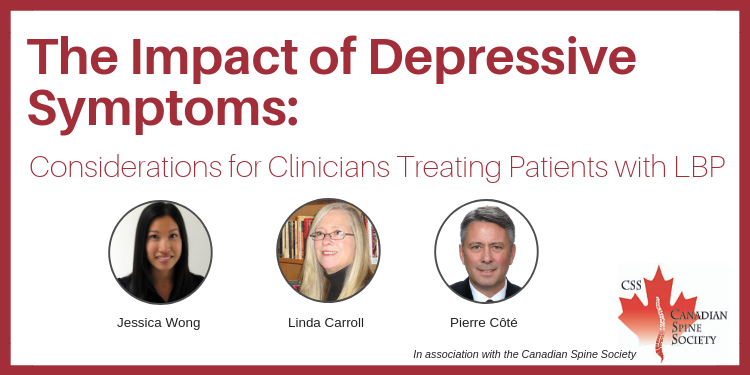Elizabeth A. Johnson, RN, PhD(c), Board Certified Geriatric Clinical Nurse Specialist, Doctoral Candidate, Indiana University School of Nursing; Department of Adult Health, Indiana University School of Nursing, Indianapolis, IN, USA.
Tamilyn Bakas, RN, DNS, FAHA, Associate Professor, Department of Adult Health, Indiana University School of Nursing, Indianapolis, IN, USA.
Linda S. Williams, MD, Chief of Neurology, Roudebush Veterans Administration Medical Center; Research Coordinator, VA Stroke QUERI; Associate Professor of Neurology, Indiana University School of Medicine; Research Scientist, Regenstrief Institute, Indianapolis, IN, USA.
Depression, the most frequent neuropsychological problem after stroke, is greatly influenced by the complex relationships between the neurobiological and psychological changes that occur after stroke. Post-stroke depression leads to negative rehabilitation outcomes including less participation in therapy, extended recovery time, significantly decreased quality of life, and increased utilization of health care resources. Because of the high prevalence of post-stroke depression, all stroke survivors should be screened early in the rehabilitation process. Use of a biopsychosocial framework acknowledges the multifactorial etiology of post-stroke depression and contributes to effective, evidence-based treatment. Attention to the needs of the family caregivers further promotes successful post-stroke rehabilitation.
Key words: stroke, depression, risk factors, recovery, treatment.

